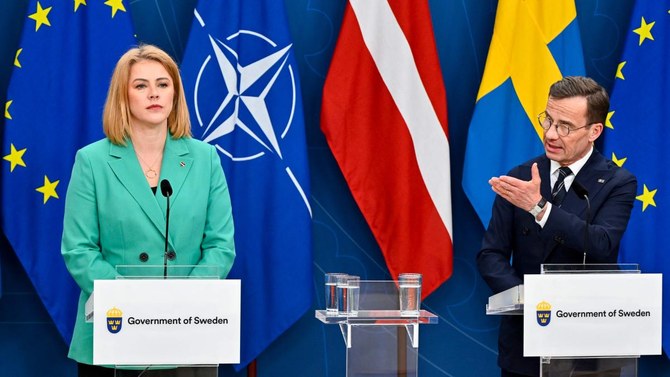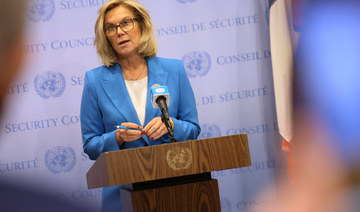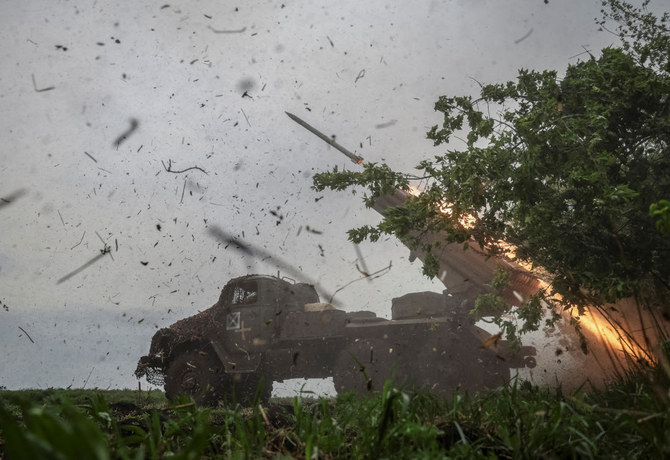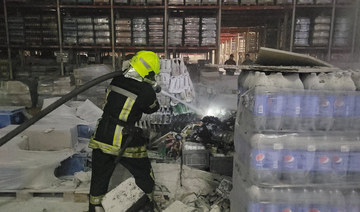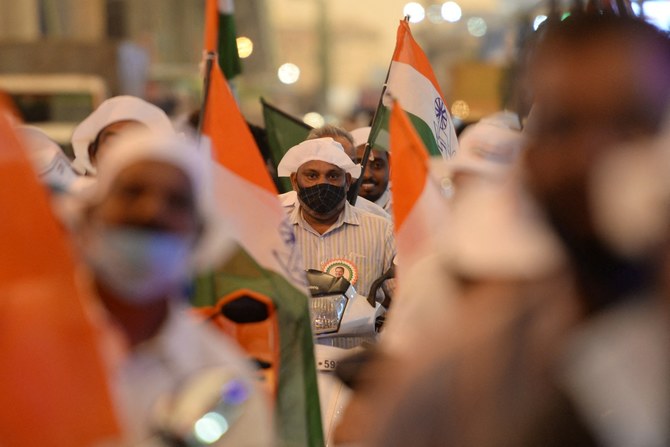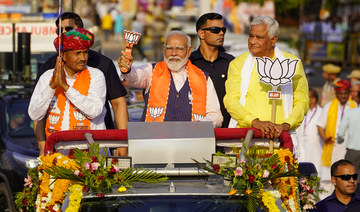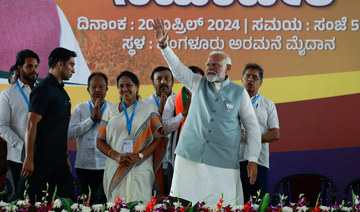AMRITSAR, India: Indian authorities extended a mobile internet blackout across a state of about 30 million people on Monday as police hunted a radical Sikh preacher.
The blackout extension came as supporters of Amritpal Singh were filmed vandalizing India's consulate in San Francisco, not long after similar disturbances in London.
Authorities in the northern state of Punjab launched a major search on Saturday for Singh, who has risen to prominence in recent months demanding the creation of Khalistan, a separate Sikh homeland.
Police said on Monday they had arrested 114 people so far but Singh's whereabouts were unknown.
The internet outage, originally in place until noon (0630 GMT) on Monday, was extended for another 24 hours.
Videos posted online, and independently verified by AFP, showed men smashing doors and windows of the Indian Consulate in San Francisco after they broke down barricades set up outside the building.
The phrase #FreeAmritpal had been sprayed on the property as several dozen protesters gathered outside.
An official said the Indian foreign ministry was looking seriously at the clips.
India said it had summoned Britain's top diplomat after Singh's supporters vandalized the outside of the Indian High Commission in London.
India's foreign ministry said there was a "complete absence" of British police and "finds unacceptable the indifference of the UK Government to the security of Indian diplomatic premises and personnel in the UK".
Videos on social media verified by AFP Fact Check showed a man taking down the Indian flag on a balcony of the consulate, watched by a small group below waving yellow Khalistan flags.
Britain's high commissioner to India, Alex Ellis, said on Twitter: "I condemn the disgraceful acts today against the people and premises of the @HCI_London - totally unacceptable."
Punjab -- with about 58 percent Sikhs and 39 percent Hindus -- was rocked by a violent separatist movement for Khalistan in the 1980s and early 1990s in which thousands of people died.
India has often complained to foreign governments over the activities of Sikh hardliners among the Indian diaspora who, it says, are trying to revive the insurgency with a massive financial push.
Singh and his supporters, armed with swords, knives and guns, raided a police station last month after one of the 30-year-old preacher's aides was arrested for alleged assault and attempted kidnapping.
Indian media quoted security sources as saying Singh was backed by arch-rival Pakistan.
Several police were injured in the brazen daytime raid on the outskirts of Amritsar, home to the holiest Sikh shrine, the Golden Temple, heaping pressure on authorities to act.
Indian authorities frequently shut down mobile internet services, particularly in the restive northern region of Indian-administered Kashmir.




